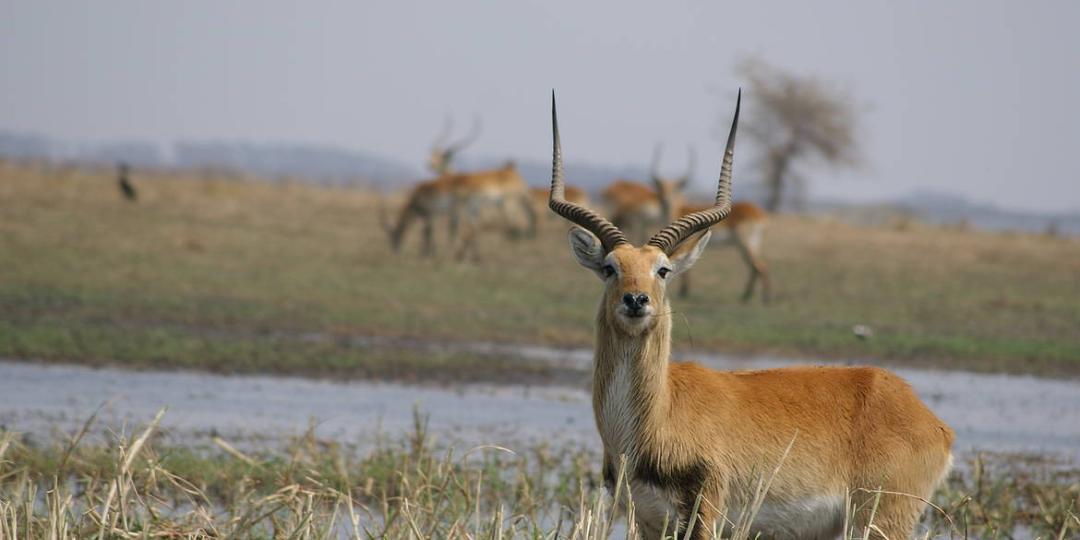The Kafue National Park in Zambia is the latest reserve in Africa (of 89) to join the Unesco World Biosphere Network.
The addition of Zambia, along with Georgia in Eastern Europe and Chad in central Africa, was announced recently by Audrey Azoulay, Director General of Unesco, who said: “I am delighted to see three new member states joining this useful and powerful network this year. With these new designations, Unesco’s biosphere reserves now cover a protected area of more than 1.3 million square kilometres worldwide.”
Covering an area of approximately 22 400 sq km, the Kafue Marshes Biosphere Reserve passes through several districts of archaeological and historical importance, as well as a Ramsar site (Kafue Flats) and an important birding area.
Located in the west of Zambia, Kafue is the oldest and largest national park in the southern African country. It is home to over 400 bird species and several mammals, including zebra, buffalo, hippo and the endemic Kafue lechwe.
Biosphere reserves are a cornerstone of Unesco’s mandate as the United Nations’ scientific agency. They are at the heart of Unesco’s research and advocacy work to encourage innovative practices in sustainable development and to promote the understanding, appreciation and safeguarding of the living environment by the organisation’s communities and member states.
























